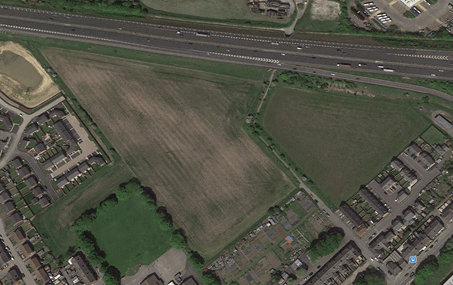

- Client
- Bramley & Arthur Ltd
- Sector
- Planning & Development
- Location
- West Yorkshire
- How we helped
- Planning consultancy
On behalf of the landowners, our planning professionals based in the north of England secured outline planning permission for a residential development on 6.75ha of agricultural land at Mill Lane, Normanton.
In parallel with pre-application discussions, we submitted an environmental impact assessment screening request setting out scheme details and our own summary of the relevant screening criteria. Based on a lack of environmental sensitivity of the site and surroundings, our conclusions pointed toward an Environmental Statement not being required.
The LPA disagreed with this suggestion and issued a screening opinion, stating that the proposals were EIA development and required an Environmental Statement.
Having reviewed the cost implications, we were instructed to challenge the outcome via a Secretary of State screening direction. We prepared and submitted the necessary paperwork to the national Planning Casework Unit which subsequently resulted in a formal screening direction to conform the proposals were not EIA Development.
After having managed the project team and secured the necessary supporting information, the application was submitted in outline with all matters except access reserved for subsequent approval. We then negotiated with the council through to determination.
The outcome was EIA was deemed not to be required and outline planning permission was granted.


